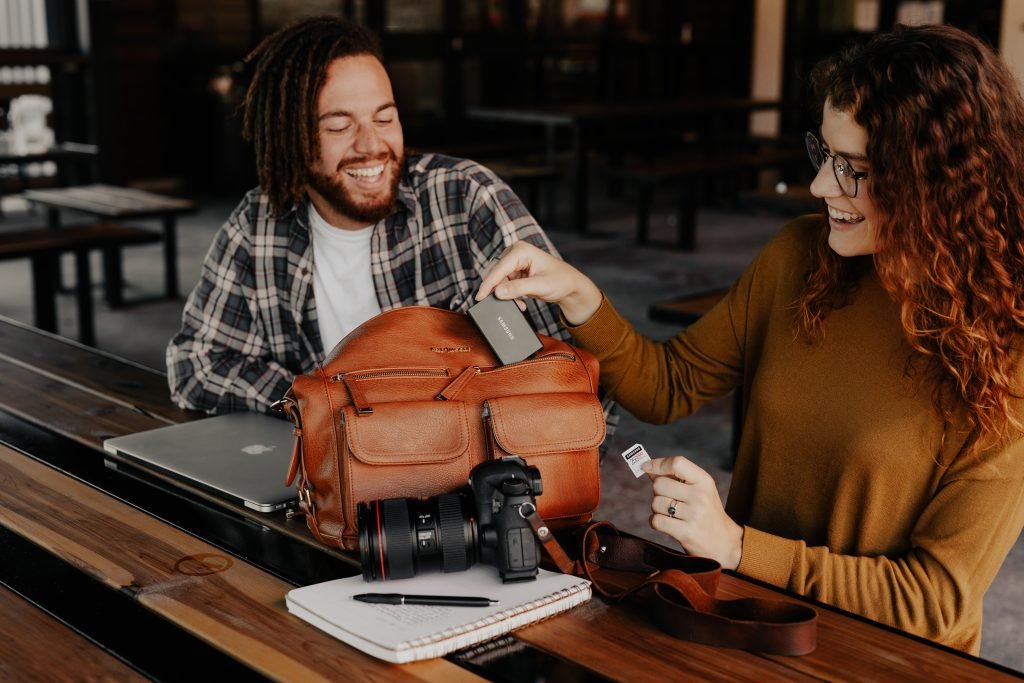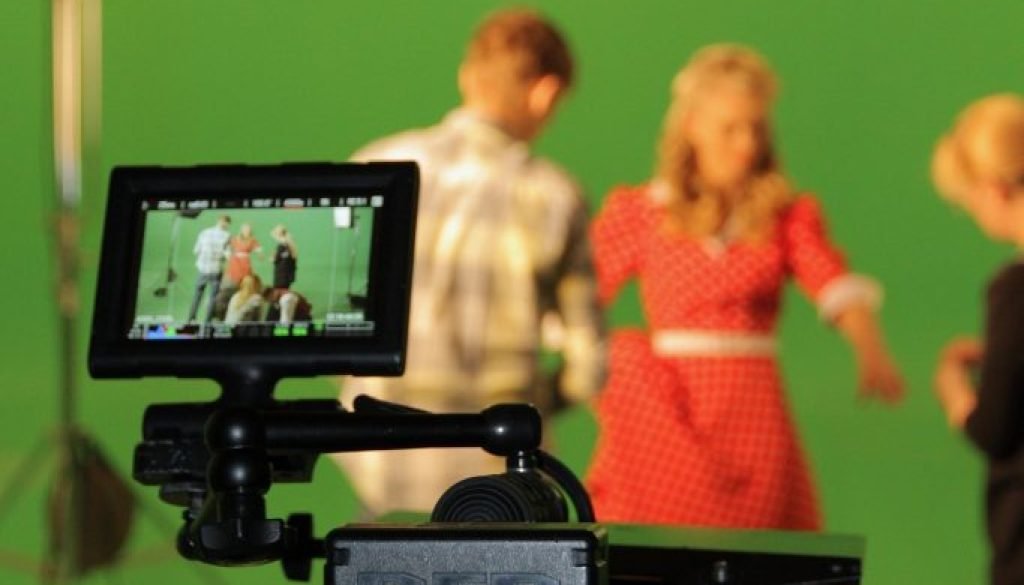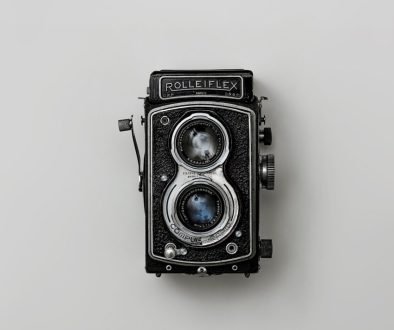external camera screen – Explore High-Quality screen in 2023
An external camera screen refers to a display device, such as a monitor or smartphone, that is connected to a camera and can be used to view and compose shots. This can be useful for photography or videography, as it allows the user to see a larger and more detailed view of the scene they are capturing. Some professional cameras include built-in external screens, while others require an external monitor to be connected via HDMI or USB.
How to choose the best external camera screen?
When choosing an external camera screen, there are several factors to consider to ensure you get the best one for your needs.
- Size and resolution: Consider the size and resolution of the screen. Larger screens typically provide a clearer and more detailed view of the footage, while a higher resolution allows for a more accurate representation of the image.
- Focus assist: Look for an external camera screen that comes with a variety of focus assist tools, such as peaking, zoom, and false color, which can help you achieve accurate focus.
- Framing guides: Consider whether you want an external camera screen that includes framing guides to help you compose your shots.
- Recording capabilities: If you plan to use the external camera screen as a recorder, look for one that can record to SSD/HDD drives and supports a wide range of codecs.
- HDR support: If you plan to shoot in HDR, look for an external camera screen that supports HDR monitoring.
- Audio recording: If you plan to record audio with your video footage, look for an external camera screen that has built-in audio recording.
- Inputs/Outputs: Consider the inputs and outputs of the external camera screen to ensure it is compatible with your camera and other video production equipment.
- Portability: If you plan to use the external camera screen in remote locations or on the go, look for one that is lightweight and portable.
- Brand and price: Consider the brand and price of the external camera screen. Look for a reputable brand and a price that fits your budget, but also consider the features and functionality you are looking for.
By considering these factors, you can choose the best external camera screen for your needs. Additionally, it’s always a good idea to read reviews and ask for recommendations from other photographers and videographers to get an idea of how different screens perform in real-world use.

Best External Camera Screens?
There are many external camera screens on the market, but some popular options include:
- SmallHD Focus 5-inch On-Camera Touchscreen: This is a high-resolution touchscreen monitor that is designed for use with DSLR and mirrorless cameras. It offers a variety of features such as focus peaking, false color, and zebras, making it a great tool for professional photographers and videographers.
- Atomos Ninja V: This 5-inch external monitor and recorder supports 4K resolution and HDR. It features a 10-bit FRC panel and AtomHDR technology, which allows you to monitor your footage in high dynamic range.
- Feelworld T7 7-inch IPS Touchscreen: This external monitor has a large 7-inch IPS touchscreen display, with a resolution of 1280×800, which makes it perfect for vloggers and videographers. It also supports peaking focus, false colors, and other professional features.
- Blackmagic Video Assist 12G HDR: This external monitor and recorder has a 7-inch 1920×1200 display and supports 12G-SDI and HDMI inputs/outputs. The HDR support allows you to monitor your footage in high dynamic range. It is also worth noting that these are some of the popular options, and it’s best to research and compare different models to find one that suits your specific needs and budget.
Blackmagic Video Assist?
The Blackmagic Video Assist is a professional-grade external monitor and recorder designed for video production. Some of its key features include:
- High-resolution display: The Video Assist has a 7-inch 1920×1200 display, which provides a clear and detailed view of your footage.
- 12G-SDI and HDMI inputs/outputs: This allows the Video Assist to work with a wide range of cameras, including those that shoot in 4K and Ultra HD.
- Recording capabilities: The Video Assist can record to SD, UHS-II, and CFast cards. It supports a wide range of codecs, including ProRes and DNx, and can record up to 12-bit 4:4:4 in ProRes and DNxHR.
- Focus assist and framing guides: The Video Assist has a variety of focus assist tools, such as peaking, zoom, and false color, to help you achieve accurate focus. It also has framing guides that help you compose your shots.
- HDR support: The Video Assist supports HDR (High Dynamic Range) which allows you to monitor your footage in high dynamic range, which makes it easier to achieve a good exposure.
- Audio recording: The Video Assist has built-in audio recording, it has 2 XLR inputs with phantom power and a built-in stereo microphone.
The Blackmagic Video Assist is a powerful and versatile tool that is suitable for professional videographers and filmmakers, it’s a great option for those looking for a high-quality external monitor and recorder.
Atomos Shogun 7?
The Atomos Shogun 7 is a high-end external monitor and recorder that is designed for professional video production. Some of its key features include:
- High-resolution display: The Shogun 7 has a 7-inch 1920×1200 resolution display, which provides a clear and detailed view of your footage.
- Recording capabilities: The Shogun 7 can record to SSD/HDD drives and supports a wide range of codecs, including ProRes, DNxHR, and CinemaDNG. It can record up to 12-bit 4:4:4 in ProRes and DNxHR.
- HDR support: The Shogun 7 supports HDR (High Dynamic Range) which allows you to monitor your footage in high dynamic range, which makes it easier to achieve a good exposure.
- Focus assist and framing guides: The Shogun 7 has a variety of focus assist tools, such as peaking, zoom, and false color, to help you achieve accurate focus. It also has framing guides that help you compose your shots.
- Audio recording: The Shogun 7 has built-in audio recording, it has 2 XLR inputs with phantom power and a built-in stereo microphone.
- Inputs/Outputs: The Shogun 7 has a wide range of inputs and outputs, including HDMI 2.0, SDI, and XLR, which makes it compatible with a wide range of cameras and other video production equipment.
- Video over IP: The Shogun 7 supports video over IP, which allows you to stream video to another device over a network connection.
The Atomos Shogun 7 is a powerful and versatile tool that is suitable for professional videographers and filmmakers. It offers a wide range of features and connectivity options, which makes it a great option for those looking for a high-quality external monitor and recorder.
Atomos Shinobi?
The Atomos Shinobi is a high-quality external monitor that is designed for use with DSLR and mirrorless cameras. It is a more affordable option compared to the Shogun 7, but it still offers many useful features for professional photographers and videographers. Some of its key features include:
- High-resolution display: The Shinobi has a 5-inch 1920×1080 resolution display, which provides a clear and detailed view of your footage.
- Focus assist and framing guides: The Shinobi has a variety of focus assist tools, such as peaking, zoom, and false color, to help you achieve accurate focus. It also has framing guides that help you compose your shots.
- HDMI input/output: The Shinobi has a full HDMI input and output, which allows you to connect it to a wide range of cameras.
- Battery life: The Shinobi has a built-in battery that allows you to use it for up to 7 hours. It also supports USB-C power delivery, which allows you to charge it while in use.
- Low profile design: The Shinobi is a lightweight and low profile monitor, making it easy to carry and handle.
- Affordable: The Shinobi is an affordable option compared to other Atomos monitors, making it an attractive option for those who are looking for a professional-grade monitor without breaking the bank.
The Atomos Shinobi is a lightweight and portable monitor that offers a wide range of features for professional photographers and videographers. It is an affordable option compared to other Atomos monitors, making it an attractive option for those who are looking for a high-quality external monitor without spending a lot of money.
Lilliput A7s?
The Lilliput A7s is a high-resolution external monitor that is designed for use with DSLR and mirrorless cameras. It is a more affordable option compared to some other professional monitors and offers a range of features to help you achieve accurate focus and composition. Some of its key features include:
- High-resolution display: The A7s has a 7-inch 1920×1200 resolution display, which provides a clear and detailed view of your footage.
- Focus assist and framing guides: The A7s has a variety of focus assist tools, such as peaking, zoom, and false color, to help you achieve accurate focus. It also has framing guides that help you compose your shots.
- HDMI input/output: The A7s has a full HDMI input and output, which allows you to connect it to a wide range of cameras.
- Battery life: The A7s has a built-in battery that allows you to use it for up to 6 hours. It also supports USB-C power delivery, which allows you to charge it while in use.
- Portable and lightweight: The A7s is lightweight and portable, making it easy to carry and handle.
- Affordable: The Lilliput A7s is an affordable option compared to other professional-grade monitors, making it an attractive option for those who are looking for a high-quality external monitor without spending a lot of money.
The Lilliput A7s is an affordable external monitor that offers a range of features for professional photographers and videographers. It is lightweight and portable and offers a high-resolution display, making it a great option for those looking for an affordable high-quality external monitor.
Atomos Ninja V?
The Atomos Ninja V is a 5-inch external monitor and recorder that is designed for use with DSLR and mirrorless cameras. It is a lightweight and portable device that offers a range of advanced features for professional videographers and photographers. Some of its key features include:
- High-resolution display: The Ninja V has a 5-inch 1920×1080 resolution display, which provides a clear and detailed view of your footage.
- Recording capabilities: The Ninja V can record to SSD/HDD drives and supports a wide range of codecs, including ProRes, DNxHR, and CinemaDNG. It can record up to 4Kp60 in ProRes and DNxHR
- HDR support: The Ninja V supports HDR (High Dynamic Range) which allows you to monitor your footage in high dynamic range, which makes it easier to achieve a good exposure.
- Focus assist and framing guides: The Ninja V has a variety of focus assist tools, such as peaking, zoom, and false color, to help you achieve accurate focus. It also has framing guides that help you compose your shots.
- Audio recording: The Ninja V has built-in audio recording, it has 2 XLR inputs with phantom power and a built-in stereo microphone.
- Inputs/Outputs: The Ninja V has a wide range of inputs and outputs, including HDMI 2.0, which makes it compatible with a wide range of cameras and other video production equipment.
- Lightweight and portable: The Ninja V is lightweight and portable, making it easy to carry and handle. It weighs only 0.9 lbs, making it one of the lightest external monitors on the market.
- Affordable: The Atomos Ninja V is an affordable option compared to other professional-grade monitors, making it an attractive option for those who are looking for a high-quality external monitor without spending a lot of money.
The Atomos Ninja V is a powerful and versatile tool that offers a wide range of features and connectivity options for professional videographers and photographers. It is lightweight and portable, making it easy to carry and handle. It also offers advanced recording capabilities and HDR support, making it a great option for those looking for a high-quality external monitor.
Camera setup?
A camera setup refers to the configuration of a camera and its accessories, such as lenses, lighting, and audio equipment, that is used to capture video or still images.
Here are the basic elements of a camera setup:
- Camera body: This is the main unit of the camera that houses the image sensor and controls.
- Lens: The lens is an optical device that focuses light onto the image sensor. Different lenses can be used for different types of photography, such as wide-angle, telephoto, or macro.
- Tripod: A tripod is a three-legged stand that is used to hold the camera steady.
- Lighting: Lighting is essential for creating the desired mood and atmosphere in a photograph or video.
- Audio equipment: Audio equipment such as microphones and audio recorders can be used to capture high-quality sound to accompany the video.
- Remote control or trigger: A remote control or trigger can be used to take photographs or start/stop recording videos without physically touching the camera.
- Viewfinder or external monitor: A viewfinder or external monitor can be used to compose and preview shots.
- Other accessories: Depending on the requirement, other accessories like filters, battery grip, memory cards, and cleaning kits can be added to the camera setup.
The specific camera setup will vary depending on the type of photography or videography being done, and the preferences of the photographer or videographer.
For example, a nature photographer may use a camera with a long telephoto lens, a tripod, and a remote control to capture wildlife. A videographer, on the other hand, may use a camera with a wide-angle lens, a stabilizer, and multiple lights to capture a scene.
It is essential to plan the camera setup before starting to shoot, and also have a backup plan in case of any unexpected situations.
Monitor type?
There are several types of monitors that can be used for different purposes, including computer monitors, television monitors, and specialized monitors for photography and videography.
- Computer monitors: These monitors are typically used for general computing tasks, such as browsing the web, working on documents, and playing video games. They come in a variety of sizes and resolutions.
- Television monitors: These monitors are typically used for watching television, streaming video, and playing video games. They come in a variety of sizes and resolutions, and are often larger than computer monitors.
- Professional monitors: Professional monitors are specialized monitors that are used for photography and videography. They typically have higher resolution and color accuracy than consumer-grade monitors, and are designed for use in a professional environment.
- Studio monitors: Studio monitors are designed for use in a recording studio or other professional audio setting. They are designed to provide accurate sound reproduction and are typically used for editing and mixing audio.
- Field monitors: Field monitors are designed for use on location and in the field. They are typically lightweight, compact, and can be battery-powered for use in remote locations.
- Touchscreen monitors: Touchscreen monitors are a type of monitor that allows users to interact with the monitor using touch-based gestures, such as tapping, swiping, and pinch-to-zoom.
- 4K/UHD monitors: 4K/UHD monitors are high-resolution monitors that are capable of displaying video at a resolution of 3840 x 2160 pixels. They are typically used for professional video editing and color grading, and for displaying high-resolution images.
The type of monitor you choose will depend on your specific needs and the type of work you will be doing with the monitor.



